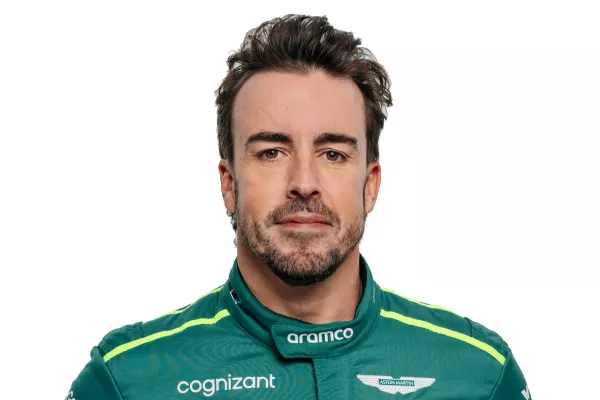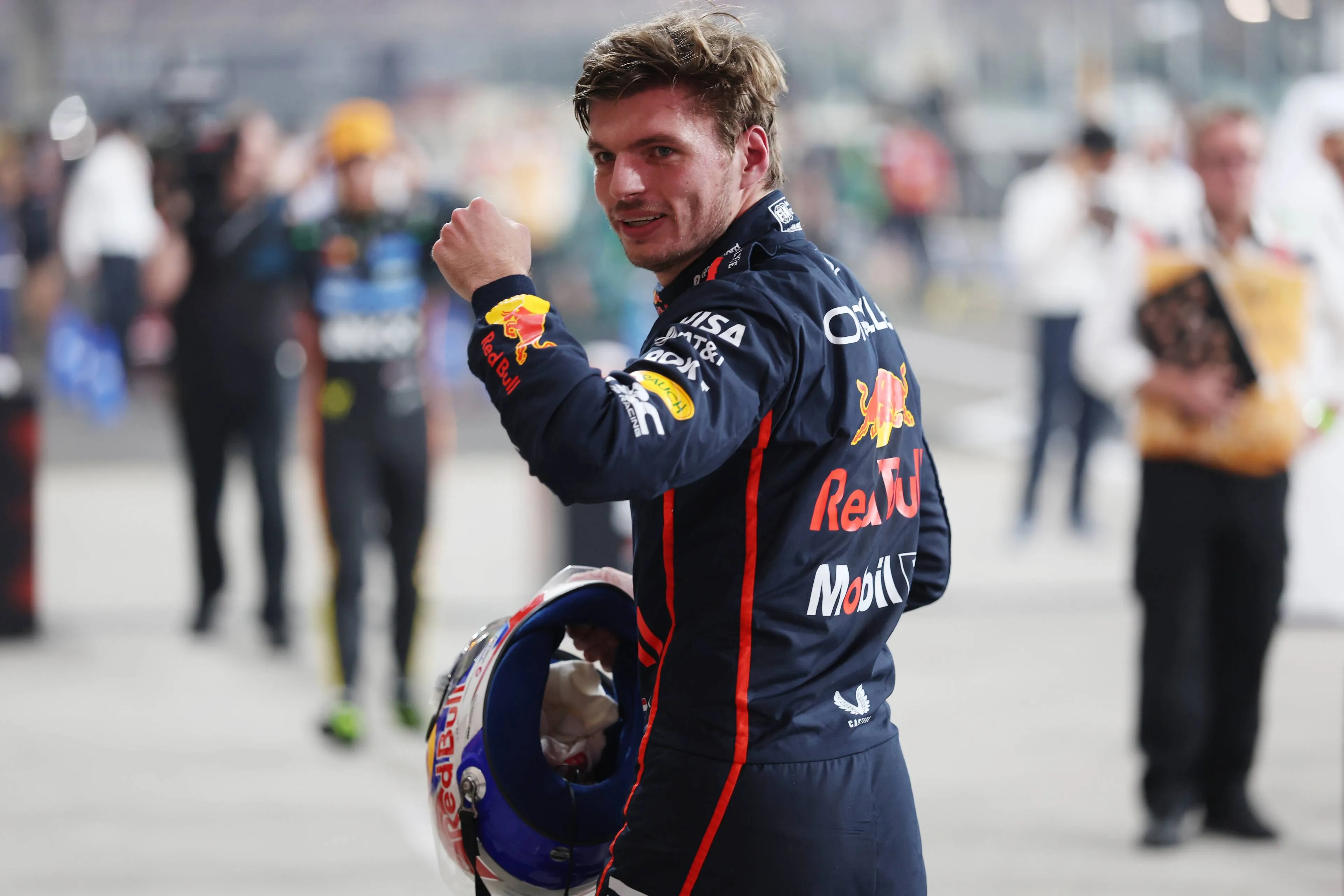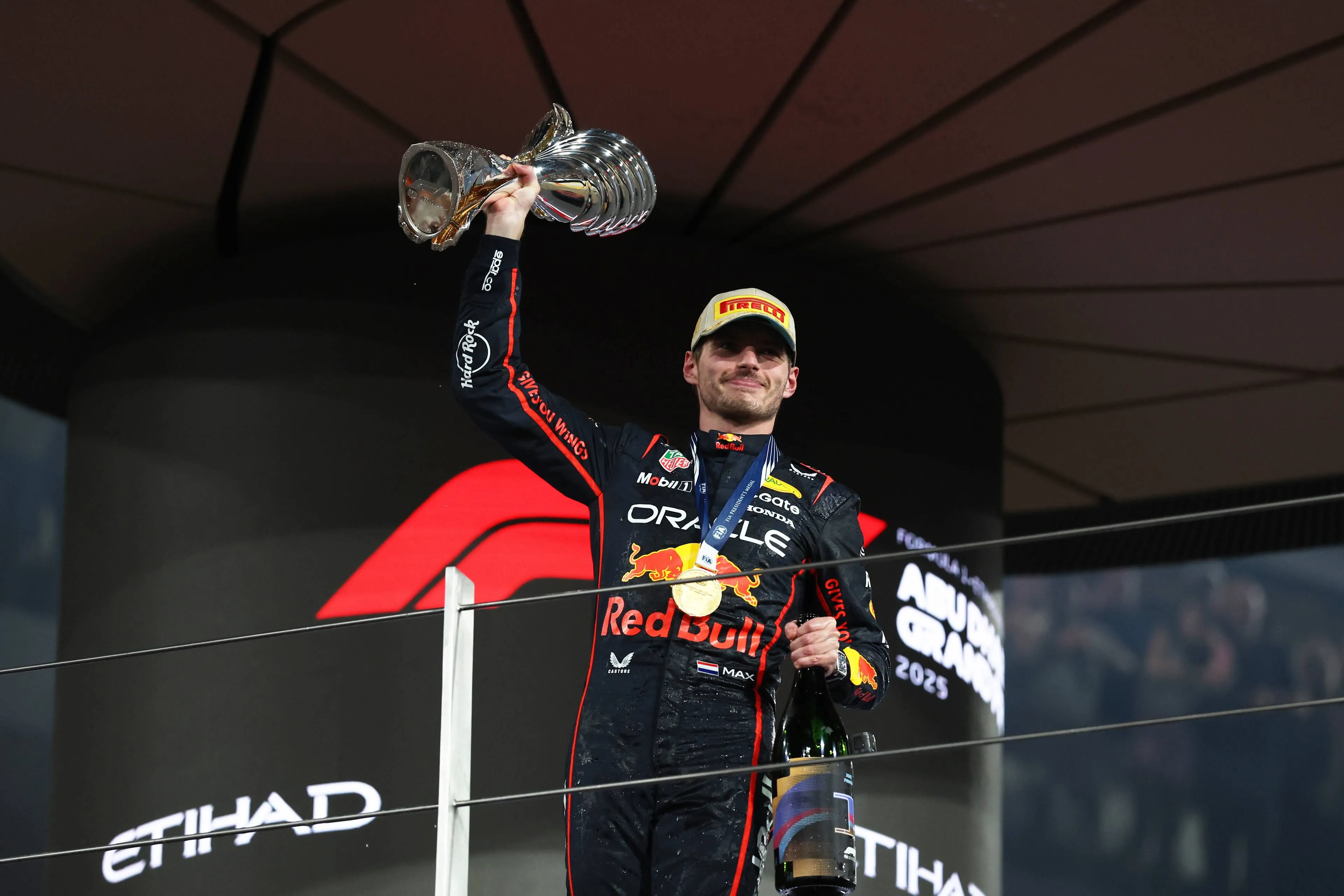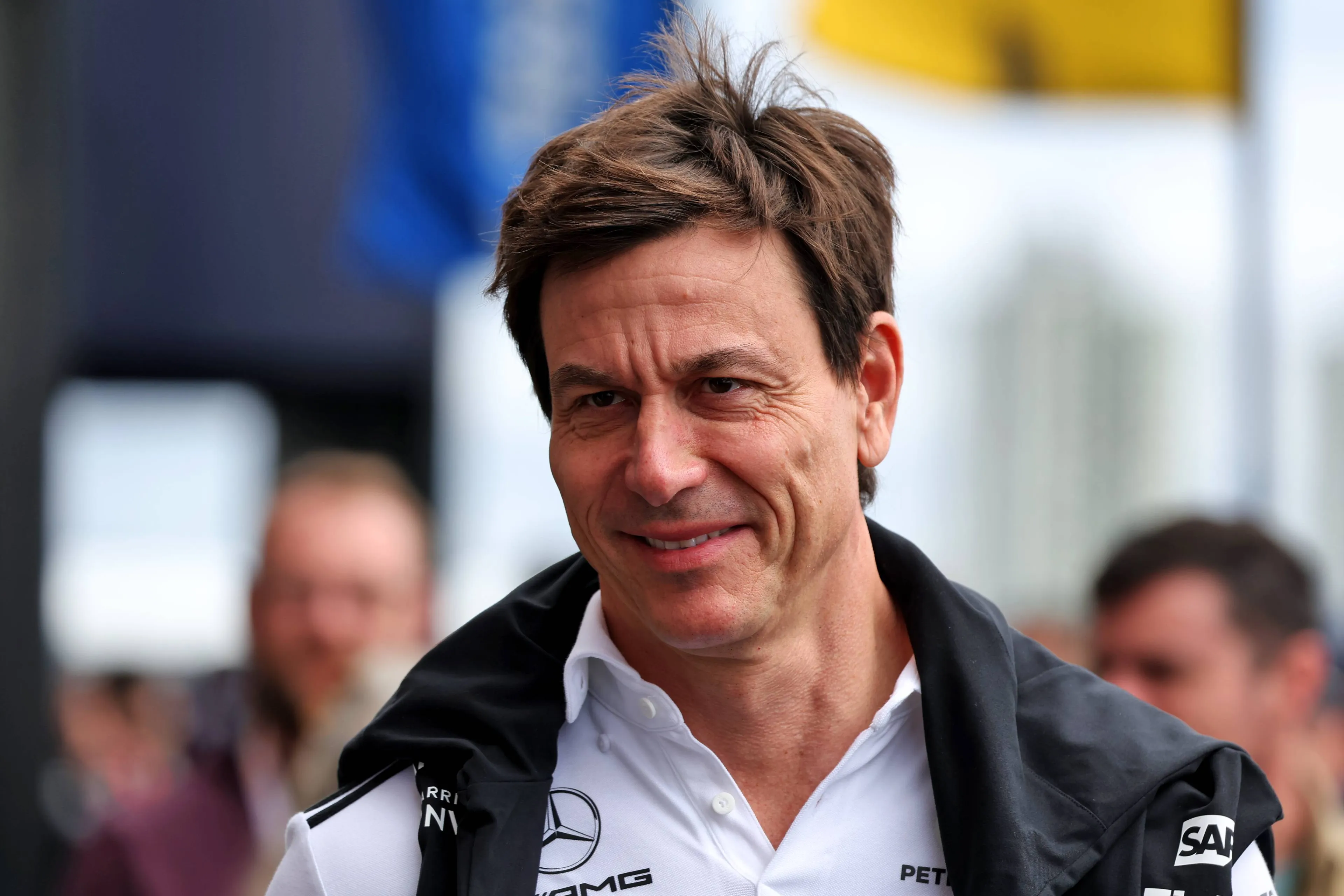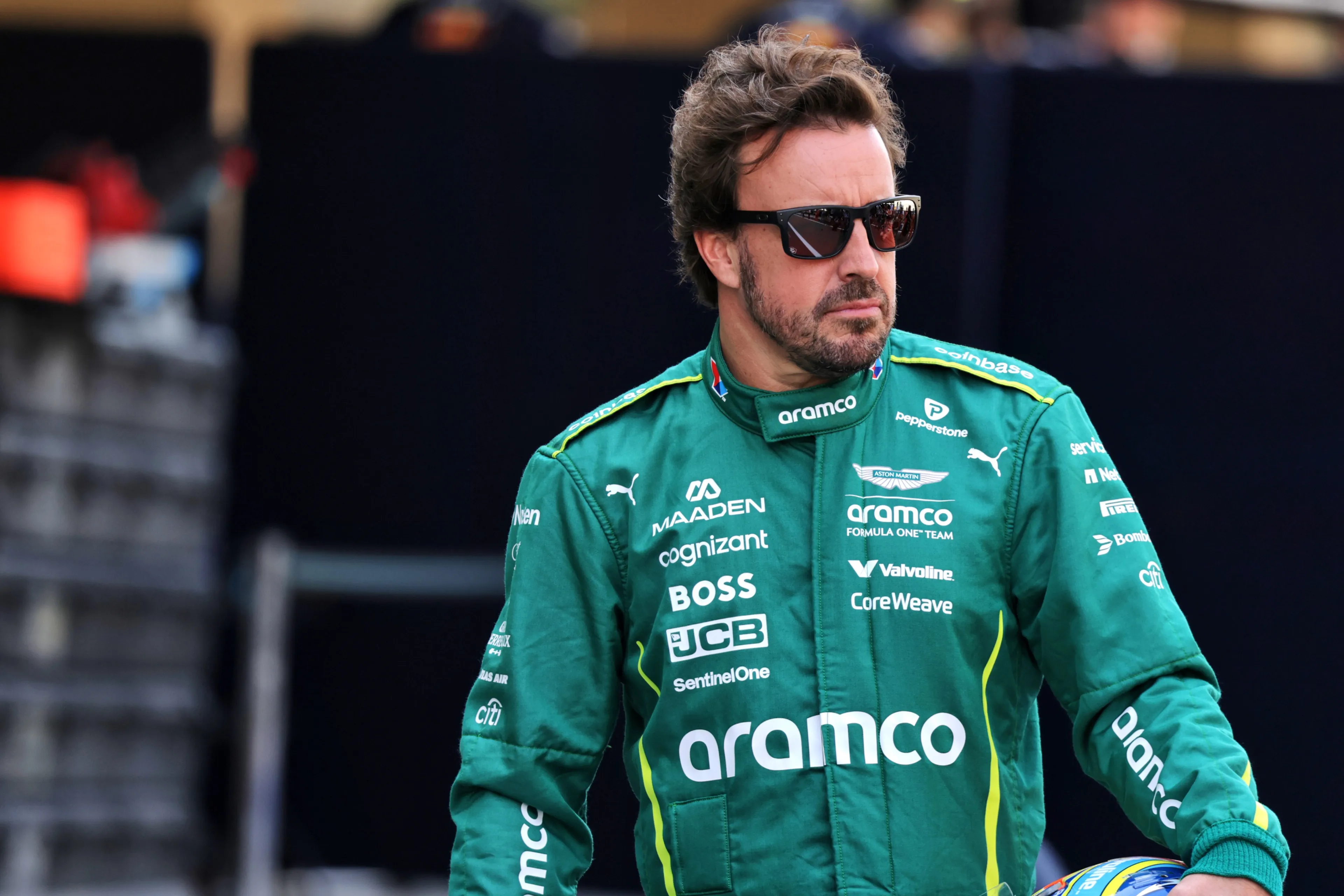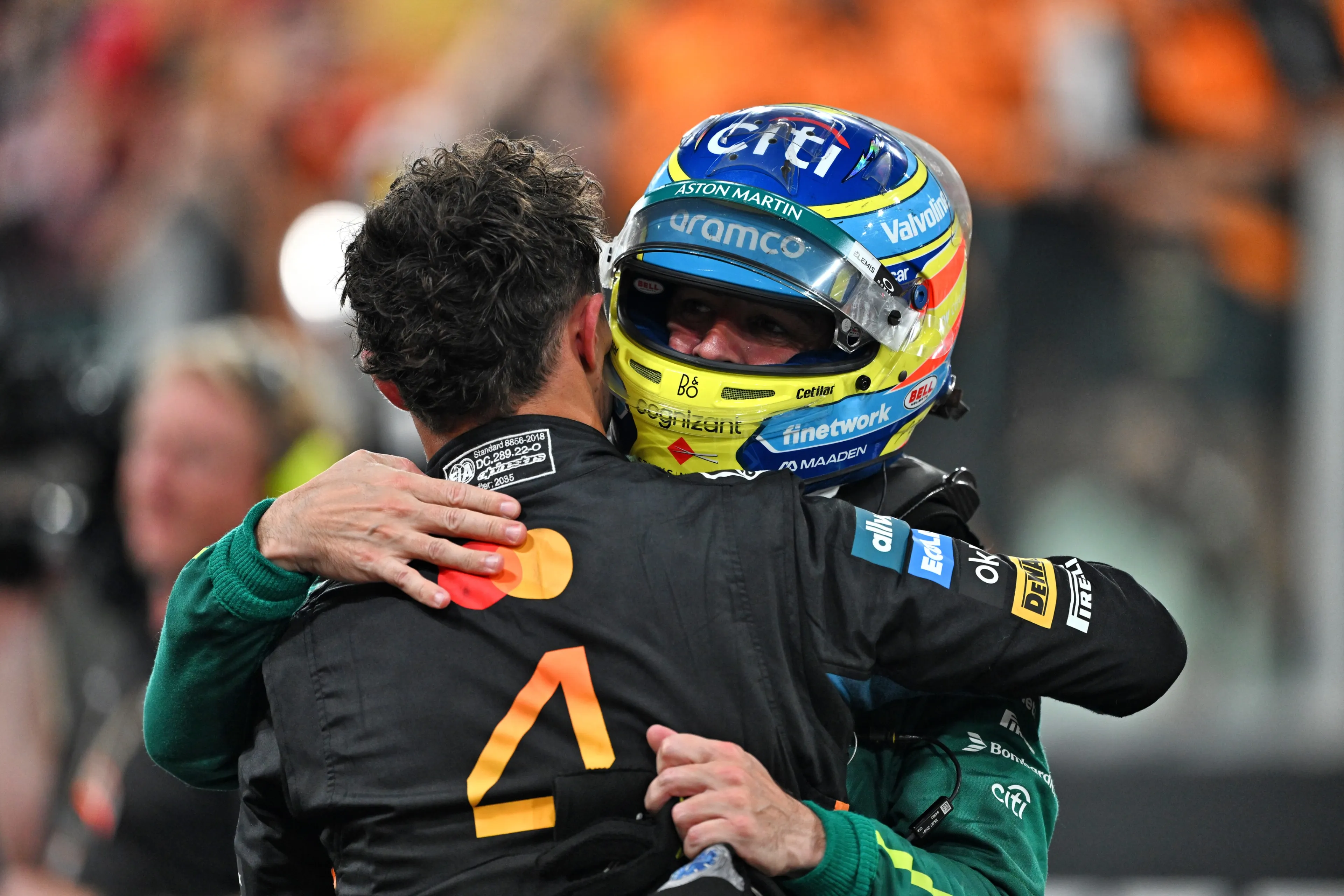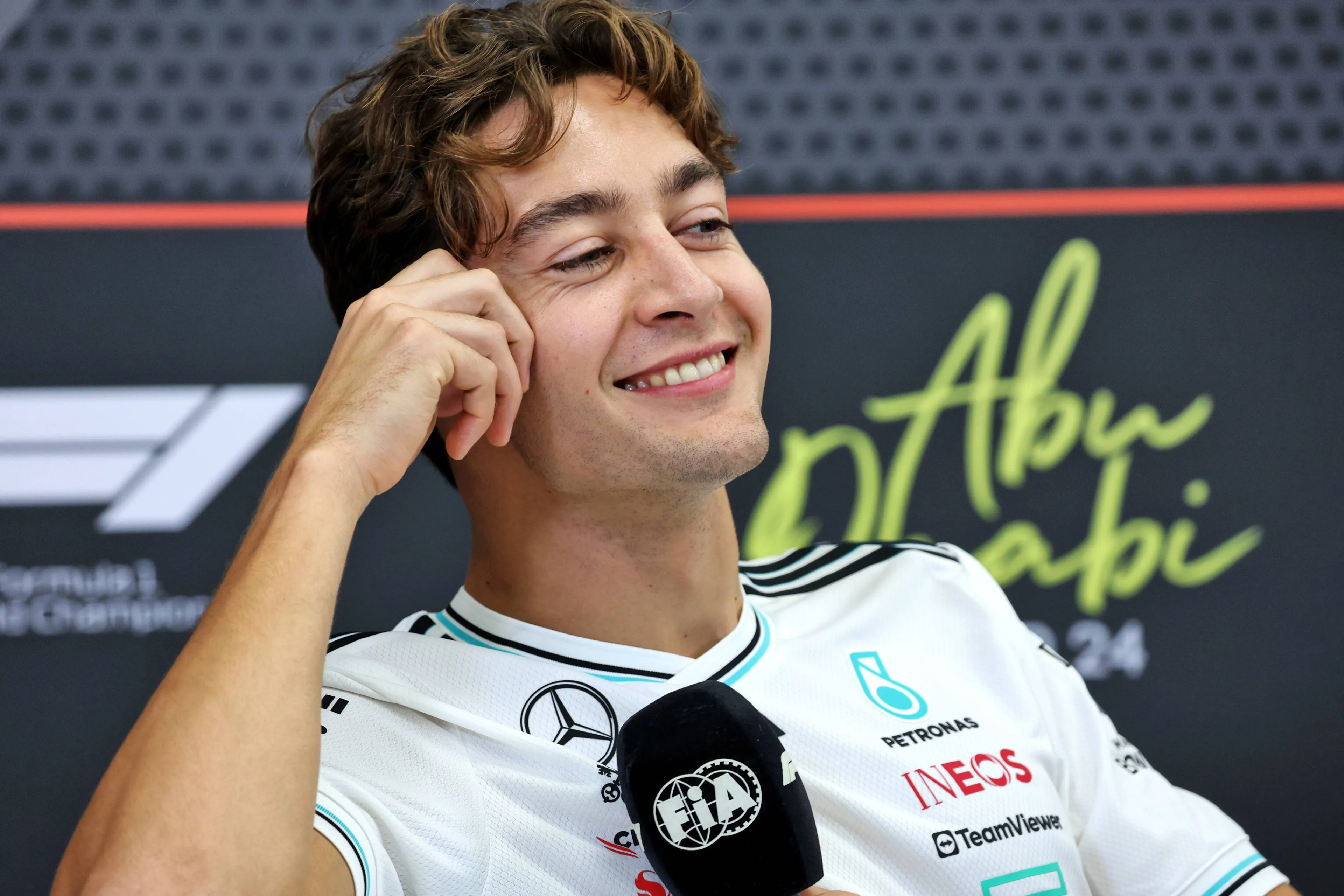Featured
F1 Stand
Season
| Pos. | Driver | Team | Points |
|---|---|---|---|
1 | McLaren | 423 | |
2 | Red Bull Racing | 421 | |
3 | McLaren | 410 | |
4 | Mercedes AMG F1 team | 319 | |
5 | Ferrari | 242 | |
6 | Ferrari | 156 | |
7 | Mercedes AMG F1 team | 150 | |
8 | Williams | 73 | |
9 | Williams | 64 | |
10 | Aston Martin F1 team | 56 | |
11 | Stake F1 team | 51 | |
12 | Racing Bulls | 51 | |
13 | Haas F1 | 41 | |
14 | Racing Bulls | 38 | |
15 | Haas F1 | 38 | |
16 | Aston Martin F1 team | 33 | |
17 | Red Bull Racing | 33 | |
18 | Alpine F1 team | 22 | |
19 | Stake F1 team | 19 | |
20 | Alpine F1 team | 0 | |
21 | Alpine F1 team | 0 |
Fernando Alonso in F1
Fernando Alonso has two previous Formula 1 world titles. He won back-to-back championships in 2005 and 2006. Alongside those two championships, he has won racing championships in three other series: Euro Open by Nissan, 24 Hours of Le Mans, and World Endurance Championship (WEC).
This is Fernando Alonso’s second time in Formula 1. He originally retired at the end of the 2018 season. He rejoined the grid after a two-year absence with the rebranded Renault F1 team, Alpine. In 2023, he made the swap to Aston Martin, taking Sebastian Vettel’s place.
After being a test and reserve driver for the Minardi F1 team in 2000, he was promoted to a full-time seat in 2001. Alonso showed good speed at times during his first season, but Flavio Briatore, his manager and team boss at Renault, thought it was a bit too early to give his protégé a racing seat. In 2002, the Spaniard was therefore allowed to work for the French manufacturer as a test and reserve driver. Only when Jenson Button moved to BAR for 2003 did Alonso get the chance to really show his talent to the world.
His first season with Renault was an instant success. With two pole positions and a victory, Alonso surpassed all the results achieved by Renault's modern factory team since their Benetton days with Michael Schumacher. Renault had caught the upward trend and Alonso was the ideal man to take them by the hand.
This eventually resulted in him winning the world title in 2005 and 2006. In doing so, he first beat Kimi Raikkonen and McLaren, who were at the top of their game, and then also Michael Schumacher and Ferrari in their last attempt to drag an eighth world title out of that partnership.
Team changes turn out wrong for Alonso
His two world titles were followed by a series of decisions that may have cost him several world titles. First, he switched to McLaren in 2007. Given the speed of the McLaren that year, this was a good choice, but he went up against Lewis Hamilton.
He returned to Renault and Briatore in 2008. Here, he managed to bend the entire team to his will, and that was the way he liked it. There is no better example of that than the 2008 Singapore Grand Prix. Nelson Piquet Jr., Alonso's young teammate, was then urged to crash deliberately. Piquet obeyed, and Alonso was able to win the race as a result. This is now famously known as “Crash Gate.”
A pretty desperate move, but by now it was clear that Renault had lost the magic of a few years earlier. For 2010, therefore, it seemed an excellent choice for Alonso to drive for Ferrari. What followed were five frustrating years, with him almost becoming world champion in 2010 and 2012, but each time falling just short of beating Sebastian Vettel and Red Bull Racing.
By the time the hybrid era arrived in 2014, Ferrari had hit the mark, and the relationship between Alonso and the team had soured considerably. So, in 2015, he opted for an adventure with McLaren and new engine supplier Honda. Unfortunately, that project turned into a drama for all parties, and at the end of 2018, Alonso turned his back on F1.
Alonso put the hunt for 'Triple Crown' on hold for a while
Alonso decided to focus on achieving the 'Triple Crown' (winning the Monaco Grand Prix, the 24 Hours of Le Mans and the Indianapolis 500). He was well on his way, as he was already leading at Indianapolis in 2017 and won Le Mans in 2018. In 2020, the Dakar Rally also caught his attention.
For a while, it seemed that Alonso had left Formula 1 behind for good, but during the 2020 season, rumours grew stronger that he would re-join Renault after all. The rumours proved to be true, and under the Alpine banner, Alonso hoped to revive old times.
In 2021, the F1 veteran proved he still had it in him. After several races, the Spaniard found his old form all over again. His unbridled effort was rewarded with a podium finish in Qatar, his first since 2014.
The new 2022 rules were a major reason for the Spaniard to return to Formula 1. The rule changes served Alpine well: the team finished fourth in the constructors' standings but was plagued by reliability problems. Alonso in particular was often hit by a broken engine during the race.
Fernando Alonso 2023 and 2024
Fernando Alonso shined throughout the 2023 season. With Aston Martin, he ended the championship in P4 with 206 points. His highest race position was P2 which he achieved at two races; the Monaco Grand Prix and the Dutch Grand Prix.
Fernando Alonso ended the 2024 season in P9 in the World Driver’s Championship with 70 points collected. His highest race position was P6 which he achieved three times; the Japanese Grand Prix, the Canadian Grand Prix, and the Azerbaijan Grand Prix. He also renewed his contract with Aston Martin until 2026.
Fernando Alonso’s Age, Nationality, and Height
Fernando Alonso was born on 29 July 1981 in Oviedo, Spain. He is currently 43 years old. Alonso is 1.71 meters tall and weighs approximately 68 kilograms.
Fernando Alonso’s Salary and Net Worth
Alonso’s net worth is estimated to be around €241 million with Forbes reporting his 2024 earnings as €25.5 million. His 2025 contract is rumoured to be worth €18.5 million (base salary).
Fernando Alonso’s Partner and children
Fernando Alonso is currently with journalist Melissa Jiménez. The couple prefers to keep their relationship private. Alonso was married to Raquel del Rosario from 2006 to 2011. He currently has no children.
Fernando Alonso News
Stay up-to-date with the latest news about Fernando Alonso and his team, Aston Martin. From official announcements, updates, and performances on the track, to preparations and other activities outside of the F1 season, you'll read it all first on GPblog.com.
Popular on GPBlog
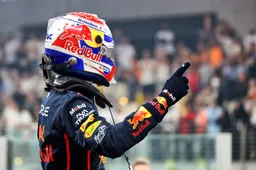
1
Verstappen beats Norris to FIA award after missing out on drivers’ title
7790 times read
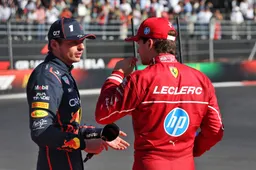
2
Leclerc looking to go the Verstappen way with confession at FIA gala
3305 times read
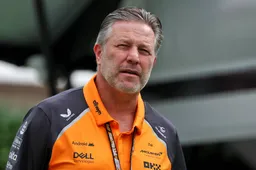
3
Brown put on the spot over McLaren’s Norris bias in live interview
2860 times read
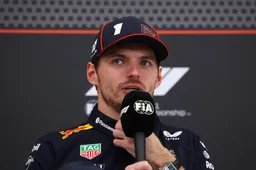
4
Verstappen leaves Norris and McLaren with message after missing FIA gala
2836 times read
Loading
